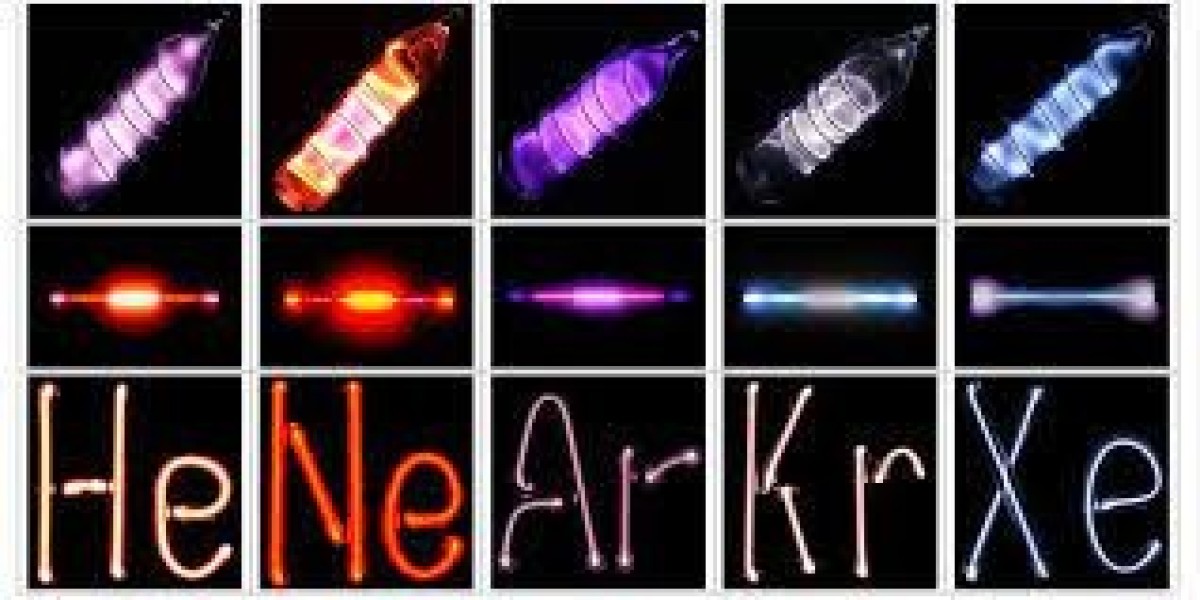The global military radar market is on the cusp of a significant upswing, driven by a confluence of factors that necessitate advanced detection capabilities. This article delves into the key drivers propelling this growth, explores the evolving technological landscape, and analyzes the potential challenges and opportunities within this critical sector.
Market Overview
According to Stratview Research, the global military radar market size was valued at USD 14.3 billion in 2021 and it is expected to reach USD 19.1 billion by 2028, growing at a CAGR of 4.5% during 2022-2028.
Geopolitical Tensions Fuel Demand
Geopolitical instability across various regions worldwide is a primary driver for increased military spending, with radar systems at the forefront of defense budgets. Border disputes, territorial conflicts, and the ever-present threat of asymmetric warfare necessitate robust air defense and situational awareness systems. Modern radars play a crucial role in detecting and tracking incoming missiles, drones, and enemy aircraft, providing militaries with the precious time needed to respond effectively.
Technological Advancements Shape the Future
The military radar market is undergoing a technological revolution. Here are some key advancements shaping the future:
- Active Electronically Scanned Array (AESA) Radars: These next-generation radars offer superior performance compared to traditional mechanically scanned radars. AESA radars can electronically steer their beams, allowing for faster scanning rates, improved target detection and tracking, and better resistance to jamming.
- Gallium Nitride (GaN) Technology: GaN offers significant advantages over traditional Gallium Arsenide (GaAs) for radar applications. GaN transistors can handle higher power densities, enabling the development of more compact and efficient radars with wider operating ranges.
- Artificial Intelligence (AI) Integration: AI is poised to play a transformative role in radar systems. Machine learning algorithms can be used for real-time target identification, threat classification, and clutter suppression, enabling faster and more accurate decision-making.
- Quantum Radar: While still in its early stages of development, quantum radar holds immense potential for future military applications. Quantum radars can potentially detect stealth aircraft and other low-observable targets that are invisible to conventional radars.
These advancements offer significant benefits, including:
- Enhanced Detection Ranges: New radars can detect targets at greater distances, providing militaries with more time to react to potential threats.
- Improved Tracking Accuracy: Advanced radars can more accurately track the movement of targets, even in challenging environments with clutter or electronic countermeasures.
- Faster Response Times: The faster scanning rates and processing capabilities of new radars enable quicker decision-making in time-sensitive situations.
Key Players
Major players in the market include:
- Lockheed Martin (USA)
- Raytheon Technologies (USA)
- Thales Group (France)
- Saab Group (Sweden)
- Northrop Grumman (USA)
- BAE Systems (UK)
- China Electronics Technology Group Corporation (China)
These companies are continuously innovating and developing new radar technologies to maintain their competitive edge.
Challenges and Considerations
Despite the promising outlook, the military radar market faces certain challenges:
- Rising Costs: Developing and deploying advanced radar systems can be expensive. Governments and militaries will need to carefully balance their needs with budgetary constraints.
- Export Regulations: Strict export control regulations may limit the sale of certain radar technologies to specific countries.
- Cybersecurity Threats: As radar systems become increasingly reliant on software and digital components, they become more susceptible to cyberattacks. Robust cybersecurity measures are crucial to protect these critical systems.
Looking Ahead: Opportunities and Growth Potential
The global military radar market is projected to witness significant growth in the coming years, driven by factors such as:
- Increasing Military Modernization Programs: Many countries are embarking on ambitious military modernization programs, which will include investments in advanced radar systems.
- Demand for Multi-Domain Operations: Modern warfare often involves coordinated operations across air, land, sea, and cyber domains. Radars that can provide integrated situational awareness across these domains will be in high demand.
- Emerging Threats: The proliferation of drones, hypersonic missiles, and other advanced weaponry necessitates continuous development of countermeasures, including advanced radar systems.
Conclusion
The military radar market is poised for significant growth due to a confluence of factors. Technological advancements are leading to the development of more powerful and versatile radars, while geopolitical tensions are driving up demand for these critical defense systems. Companies that can develop innovative and cost-effective solutions while addressing cybersecurity concerns will be well-positioned to capitalize on the growth opportunities in this market.



